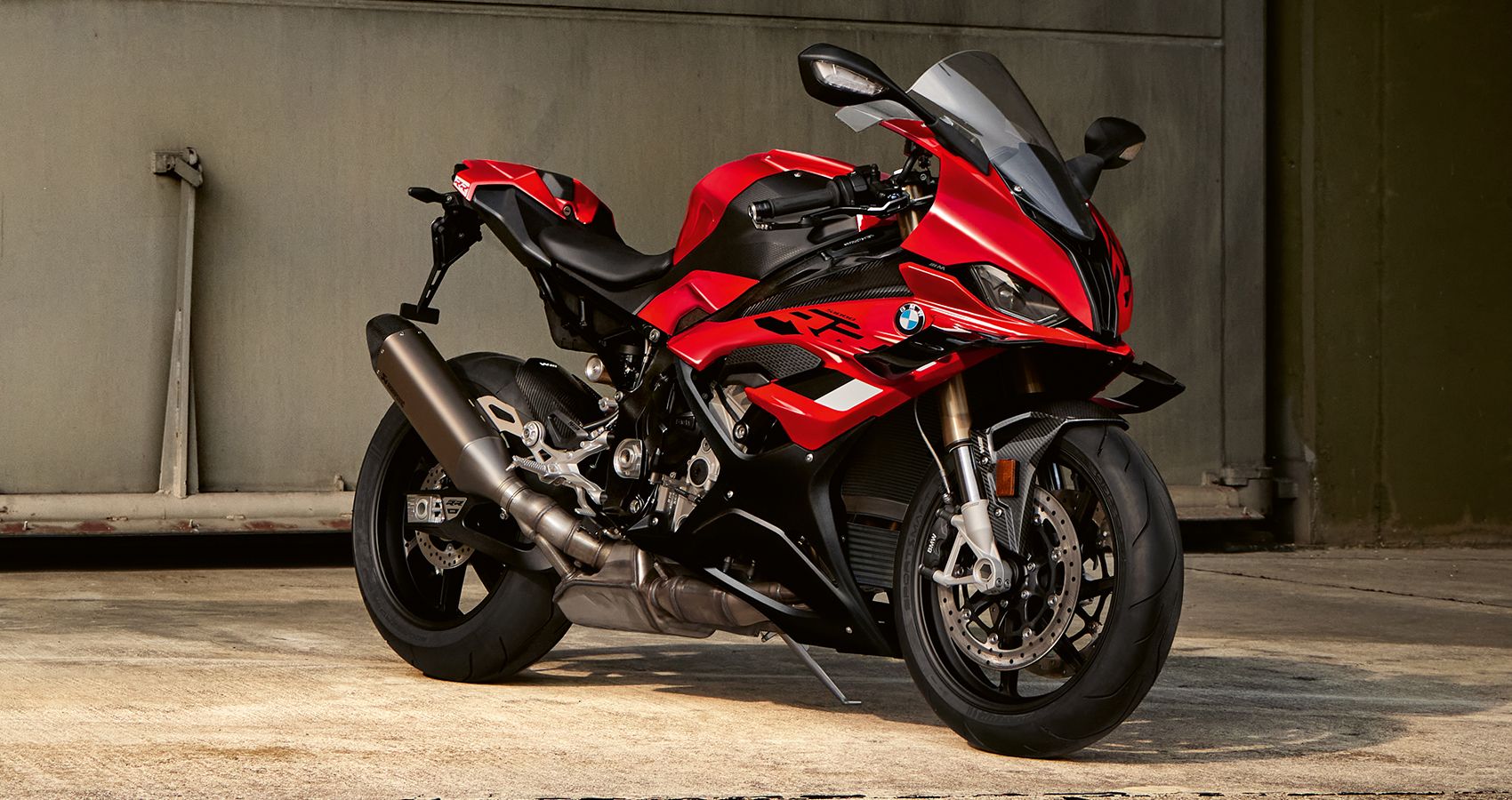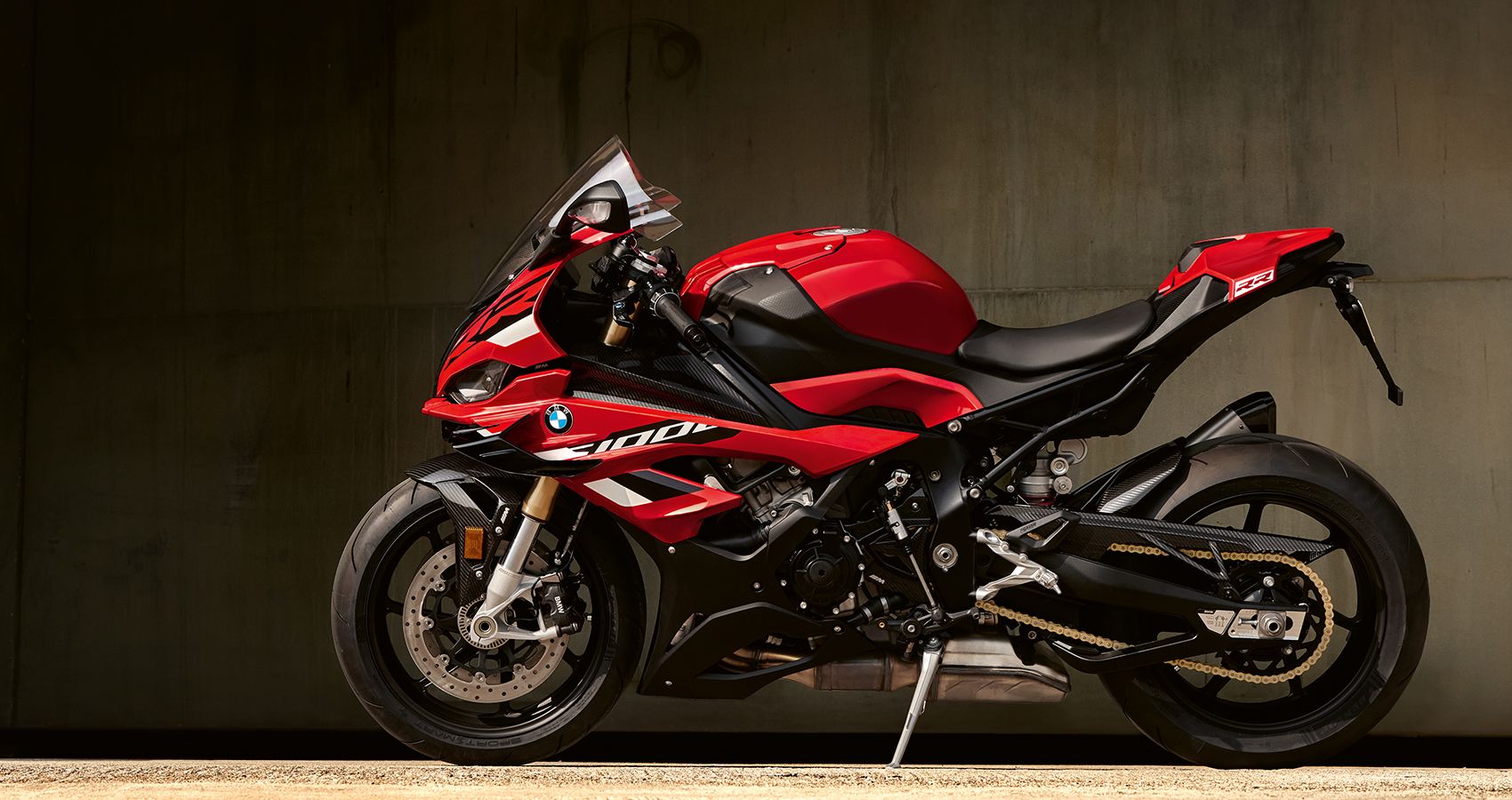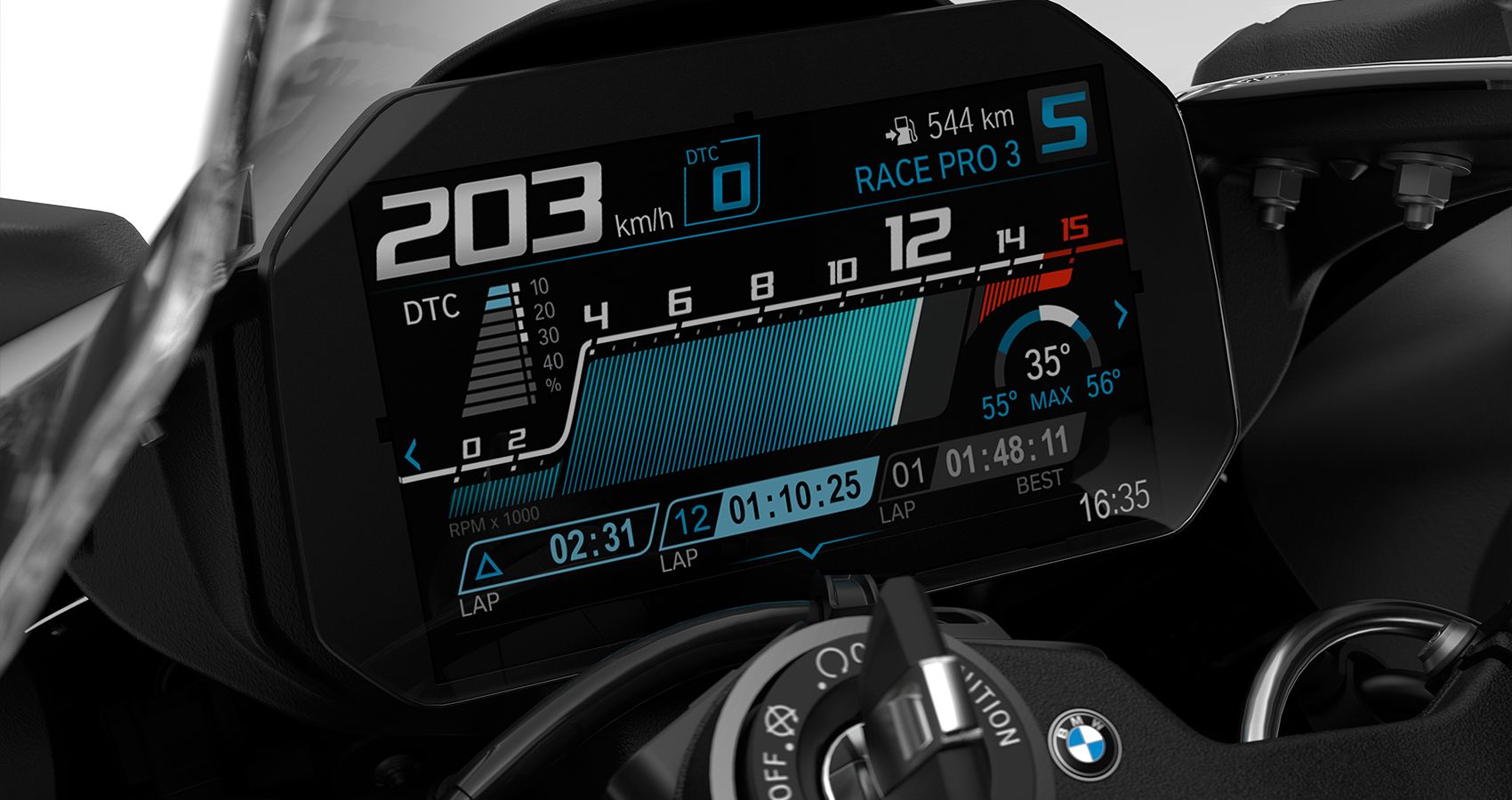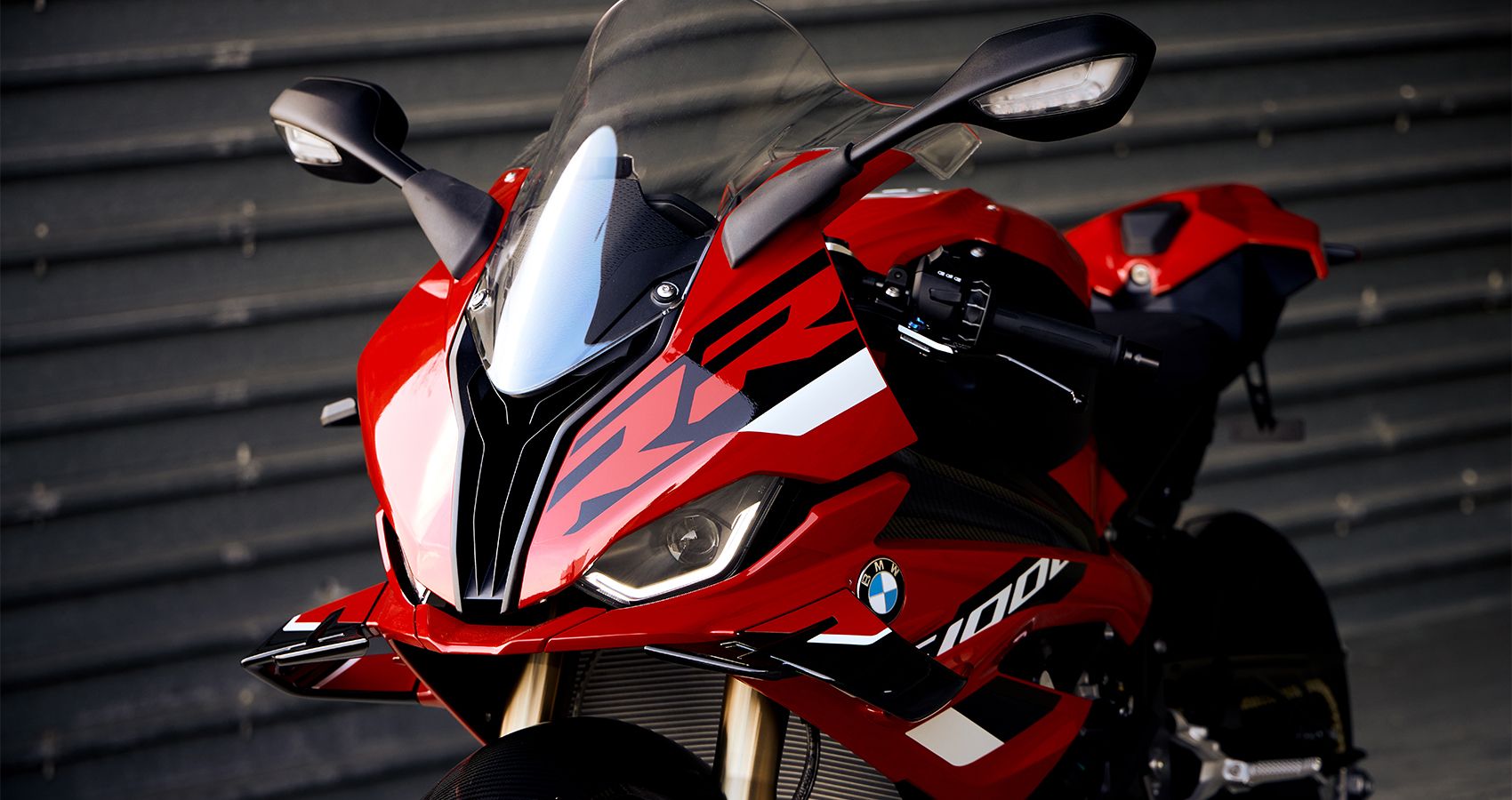BMW has dropped the wraps on the 2023 S 1000 RR and seems like we were all waiting without even knowing it. The German manufacturer had given the motorcycle a major update last time in 2019 and three years later, the S 1000 RR has got another one.
BMW says that the new S 1000 RR is even more dynamic thanks to comprehensive innovations to the engine, suspension, chassis, aerodynamics, design, and assistance systems which should make it even more insane than we found it to be in our review.
The Supersports bike, first presented in 2009, will now be available in a new edition featuring an advanced engine and chassis, optimized aerodynamics with winglets, a new rear end, and new assistance systems.
And with this much new, it is one of the biggest mid-cycle overhauls that the iconic S 1000 RR has ever got.
2023 BMW S 1000 RR Gets A More Usable Engine
The new RR features a 4-cylinder in-line engine based on the power unit of the current S 1000 RR. In the US, the power output stands at 205 horsepower at 13,000 rpm and the engine generates 83 pound-feet of torque at 11,000 rpm. These are identical to the numbers pushed out by the previous generation model.
For the rest of the world, however, peak power is now 210 horsepower at 13,750 rpm and the maximum torque now stands at 83.3 pound-feet which is generated at 11,000 rpm. Despite an increase in peak output, the usable engine speed range of the new RR is now significantly broader and more fulsome. As per BMW, the maximum engine speed is 14,600 rpm.
In its new avatar, the new S 1000 RR gets a sumptuous suite of rider aids as well. The new feature of Dynamic Traction Control DTC is the Slide Control function. This allows the rider of the BMW S 1000 RR to select two preset drift angles for the traction control system when accelerating out of corners.
Technically, this is achieved using a steering angle sensor. Up to the respective leaning angle, the traction control system allows slippage at the rear wheel when accelerating out of a bend, thus enabling rear wheel drift. When the preset steering angle value is reached, traction control intervenes, reduces slip, and stabilizes the motorcycle.
Modern Underpinnings For A Modern BMW S 1000 RR
The heart of the chassis of the new RR is still the aluminum bridge frame, which is a welded construction of four gravity die-cast elements and integrates the engine, which is inclined forward by 32 degrees as before, as a supporting element. To optimize flexibility laterally, the main frame of the new RR was given several openings in the side areas.
The focus was also on further increasing riding precision when developing the new chassis of the RR. The steering head angle has been flattened out by 0.5 degrees and the offset of the triple clamps reduced by 3 mm. The new chassis geometry is accompanied not only by even better riding precision but also by increased accuracy and clearer feedback from the front wheel, as claimed by BMW.
The new Brake Slide Assist function is an important and very helpful innovation for racetrack riders. Just like the new DTC Slide Control function, this new system is also based on steering angle sensors and allows the rider to set a specific drift angle for so-called braking drifts while sliding into corners at a maintained speed.
As with the M RR, winglets on the new RR now ensure the best possible contact of the front wheel with the road - especially when accelerating. They generate aerodynamic downforce and thus add additional load on the wheels. The advantages are that the bike’s tendency to do a wheelie is reduced, you can break later, and cornering stability is increased.
When it comes to design, the new edition of the RR benefits from a redesigned front section including winglets, a new, lighter, and sportier-looking rear section, and three new color schemes.
The BMW S 1000 RR Is An Icon
The S 1000 RR has been BMW’s flagship model with stories of success. It was first launched back in 2009 and was considered the best-equipped sport bike in the 1000 cc category. It had a bore and stroke ratio of 80.0 mm × 49.7 mm (3.1 in × 2.0 in), as well as the biggest bore in its class.
The bike came factory fitted with ABS and dynamic traction control, a first for road-going superbikes at the time. In addition to this, it came standard with three riding modes (Wet, Sport, and Race) with an additional riding mode (Slick) available only after connecting a dongle, that you received with the bike, to a special jack under the seat.
Back in the day, it was also the first production motorcycle to come with an optional quick shifter. After the initial delivery of motorcycles, the BMW factory started shipping the motorcycles with software that limited RPM to 9000 for a short break-in period that was later removed by the dealers. The 2011 bike remained unchanged, keeping the same livery options, engine, chassis, and suspension.
Seeing where the motorcycle has reached today, it is rather evident that the S 1000 RR still sits at the top of the food chain. And with the evolution of wings, not only has it become a lot more capable but a lot cooler too.
Source: BMW




